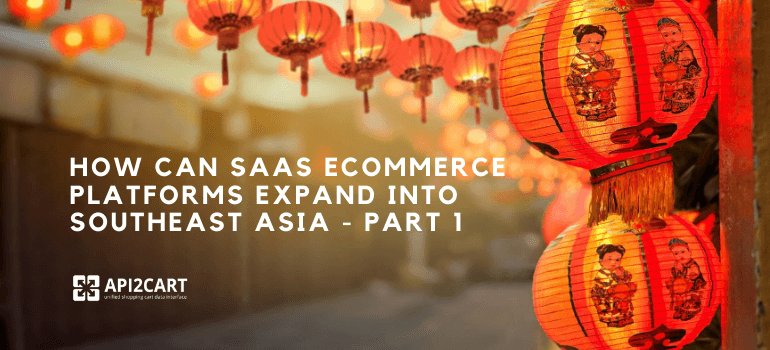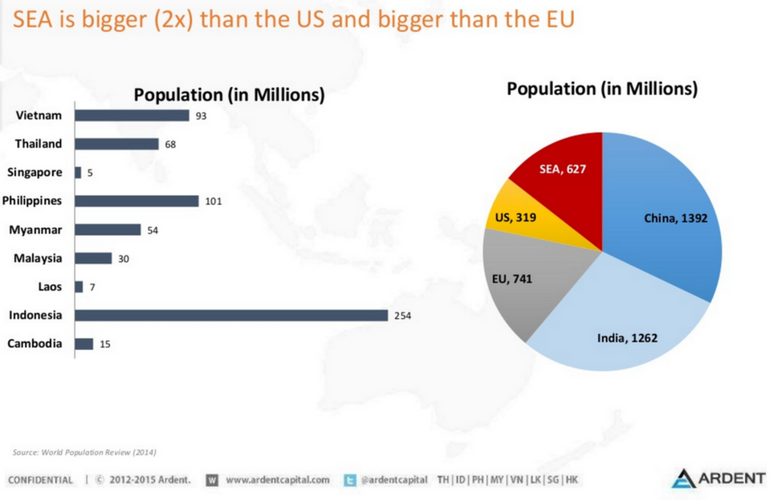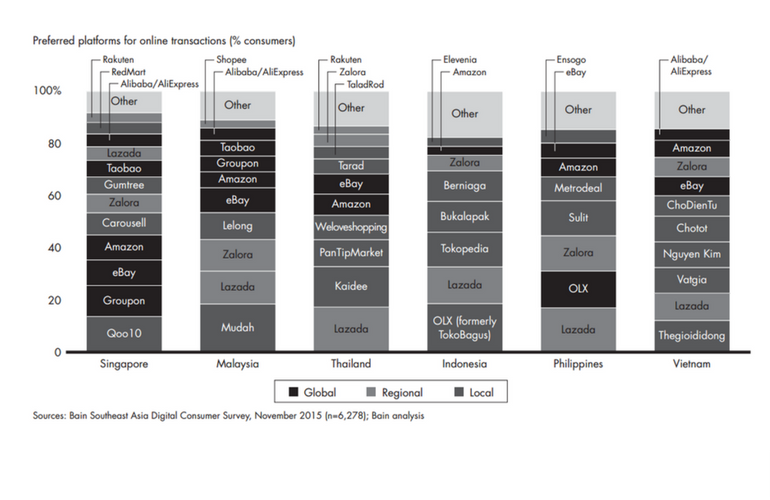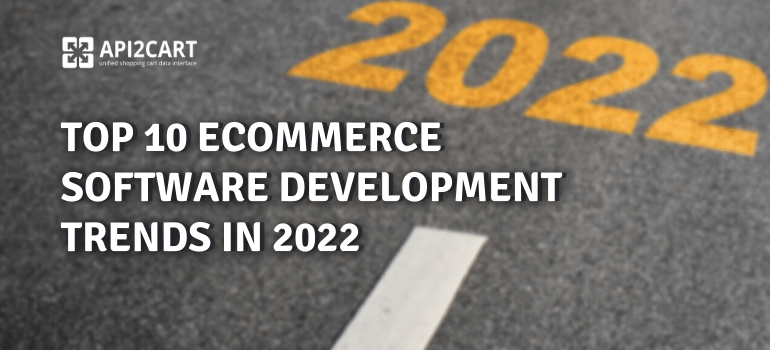
There is as much hype as the mystery around the potential of Asian eCommerce market. One such a shady topic is, in particular, the southeastern region, which is still awaiting its moment of glory. Let’s delve into why this market is worth targeting right now, before it has turned oversaturated, and how to earn your place in the sun of Southeast Asia.
Fortunately for software vendors eager to expand, Southeast Asia (SEA) is undiscovered fertile soil for eCommerce. The statistics are sparkling with promising numbers, in which you can easily drown; experts are giving urgent recommendations, in which you are supposed to trust unconditionally; yet not many entrepreneurs hurry to fill the market gap. But why? Is it because of hidden pitfalls or is there anything wrong with all this story?
Before moving to any specific recommendations, we’d like to make sure you get a comprehensive overview of the market. Let’s start with learning the regional tendencies.
Current tendencies on the SEA market
Southeast Asia may look like a puzzling world living by its own rules. However, once you take a closer look and learn it better, you see it is an open book where you can add your story. But before you actually do that, take a look at the key facts about this region:
1. The SEA population is twice as big as that of the U.S. and it almost equals the number of the EU citizens. Interestingly, more than the half of the people are under 35 and middle class is growing day by day;
2. The SEA digital population rate has a steady upward trend with far higher proportion of mobile users than the global average (118% penetration means that everyone has at least one cell phone vs 98% average rate worldwide);
3. There's a strong competition on the market with no online retailer dominating on the market. In fact, people prefer to research alternatives rather than just trust a particular brand. Surprisingly, social media is what they primarily use to find whatever needed.
4. On average, eCommerce shopping makes only 1-2% of whole retail sales.
Whether you decide to focus on a particular area or target the whole region at once, it would be wise to learn the specific features of the countries of SEA region. Below you’ll find some of the breaking records worth paying attention to.
Singapore (total value of the market - $3.4 billion):
- One of the most mature markets of the region;
- eCommerce shopping is comparable to the Australian one (4% of total retail sales);
- The rate of mobile penetration equals 152% and thus is one of the highest in the world.
Indonesia ($5.6 billion):
- Only 16% are using the Internet, yet the middle class (that can afford it) is constantly growing;
- eCommerce has grown by 500% in just five years (and the upward trend looks set to continue);
- Theoretically forecasted growth of the market is up to $25-30 billion.
Malaysia (approx. $1 billion):
- Around 7 million Malaysians purchase online monthly with the average revenue per user amounting to $73.53;
- 89% of the population is treated as a middle class.
Philippines ($1 billion):
- Around 10% of the 100-million population purchase online;
- On average, a Filipino spends 6.3 hours online daily.
Vietnam ($1.8 billion):
- 40 million of internet users;
- Despite the mobile penetration is 141%, just 20% use smartphones.
Thailand ($2.5 billion):
- 35 million citizens (compared to 67 million of total population) use Facebook as a leading media source to find products;
- 150% mobile penetration;
- 3rd largest Facebook population in the world.
Summing up the facts mentioned above we can make the following conclusion:
- The SEA online users primarily use mobile phones to shop online;
- Social commerce is highly influential (around 80% of consumers are engaged in the process);
- The eCommerce market is raw, yet ready to be conquered.
In the following part, we are going to look at the main 2017 eCommerce trends in the SEA region, the hottest industries and 4 things that can upgrade your service. Stay tuned.






